September 17, 2008: Sarah Palin’s Email Hacked
Subscribe! Spotify | RSS | More
2008 -Sarah Palin succumbed to a hacker in a different way – through her Yahoo! email. The infiltrator gained access by using common information to reset the password. David Kernell then posted her email and new password on 4chan.org under the alias “Rubico”. It showed that by using common information to set up an account, it could also turn into a “back door” for someone who would know that information.
Subscribe to Day In Tech History:
RSS Feed - iTunes - Android - Spotify - iHeartRadio
Facebook -
- RSS Bandwidth by Cachefly Get a 14 Day Trial
- Join me on Patreon and support Day in Tech History
- Yahoo purchases Zimbra
- Motorola enters into Mac Clone market
- AT&T phones shut down NYC
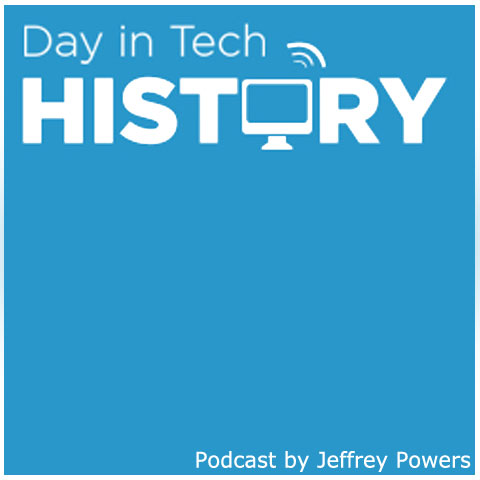
![Sarah-Palin[1] Sarah Palin](https://dayintechhistory.com/wp-content/uploads/2013/09/Sarah-Palin1-340x250.jpg)


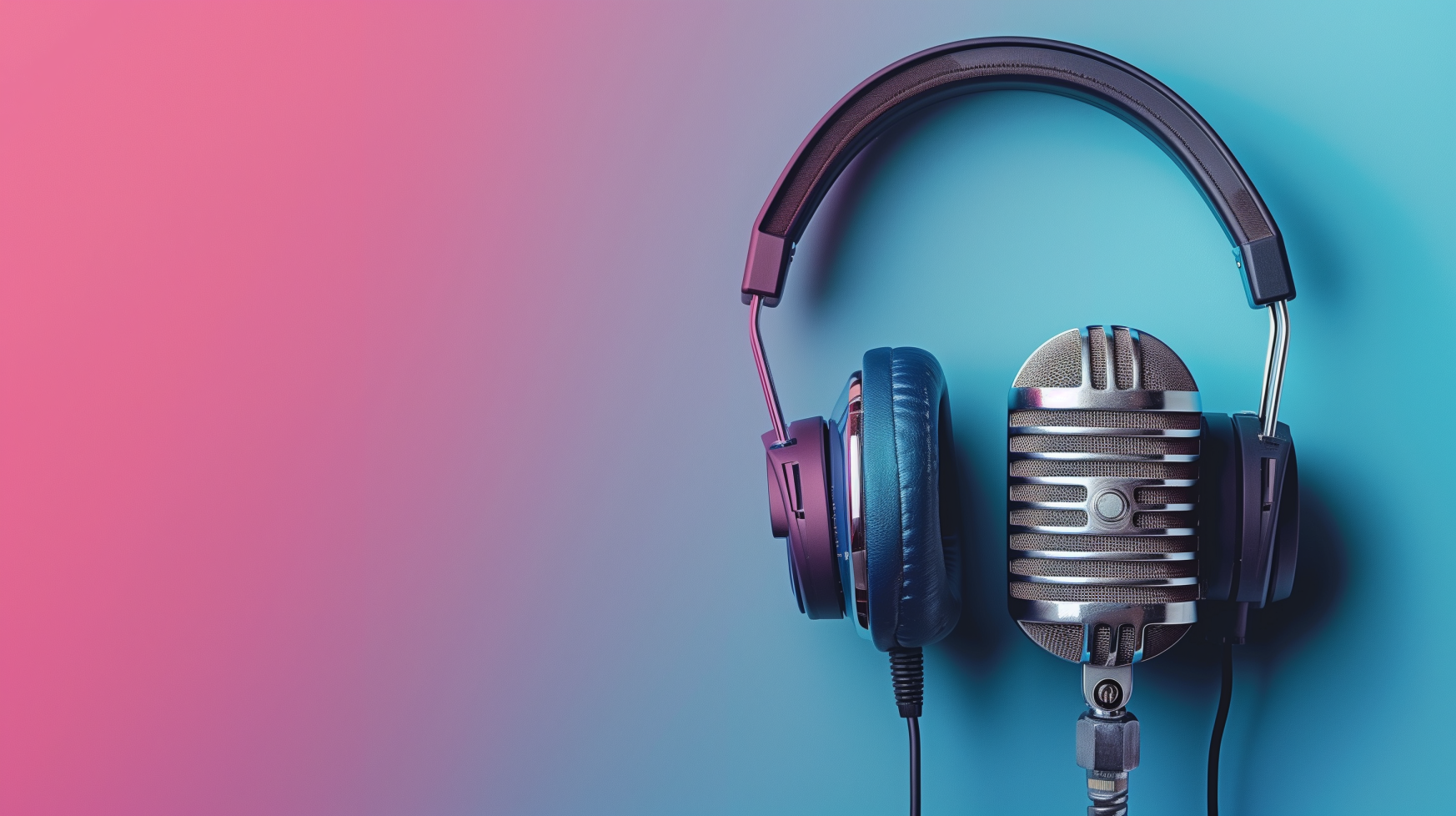
![webtv[1] WebTV](https://dayintechhistory.com/wp-content/uploads/2013/09/webtv1-340x250.jpg)
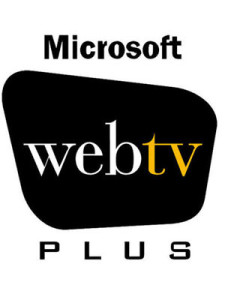
![Best-Buy-Napster[1] Best Buy Purchased Napster](https://dayintechhistory.com/wp-content/uploads/2013/09/Best-Buy-Napster1-340x250.jpg)
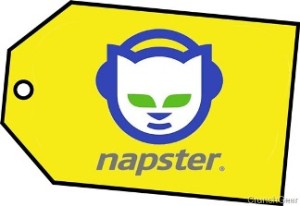
![IBM[1] IBM](https://dayintechhistory.com/wp-content/uploads/2012/09/IBM1-340x250.jpg)
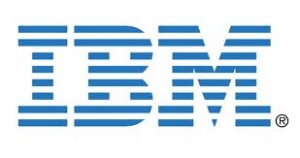
![Osbourne[1] Osbourne](https://dayintechhistory.com/wp-content/uploads/2013/09/Osbourne1-340x250.jpg)
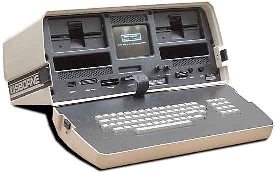
![steve-jobs[1] Steve Jobs](https://dayintechhistory.com/wp-content/uploads/2013/06/steve-jobs1-340x250.jpg)
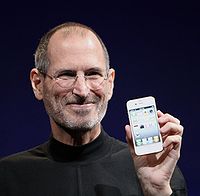
![tivorim[1] RIM](https://dayintechhistory.com/wp-content/uploads/2013/09/tivorim1-340x250.png)
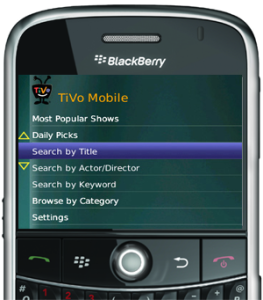
![fingerprint[1] fingerprint[1]](https://dayintechhistory.com/wp-content/uploads/2013/09/fingerprint1-340x250.png)
